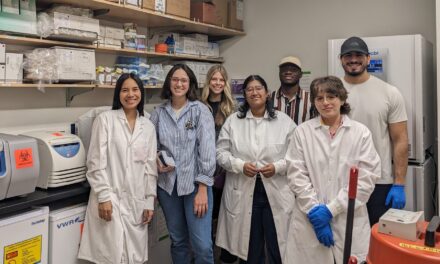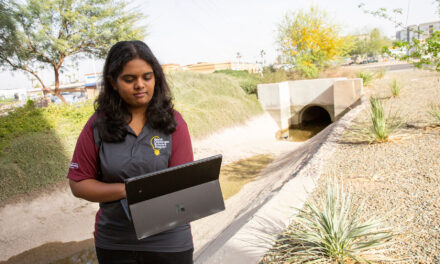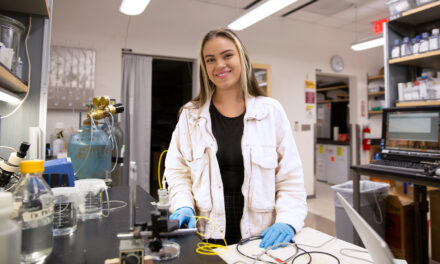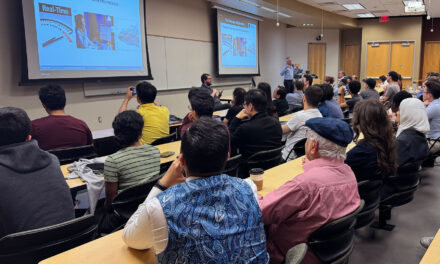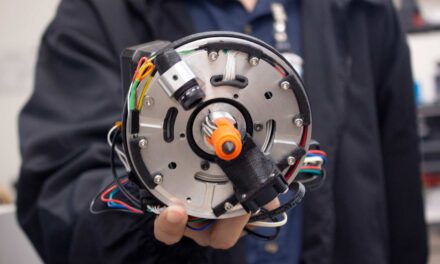
Going FFAR with agricultural research
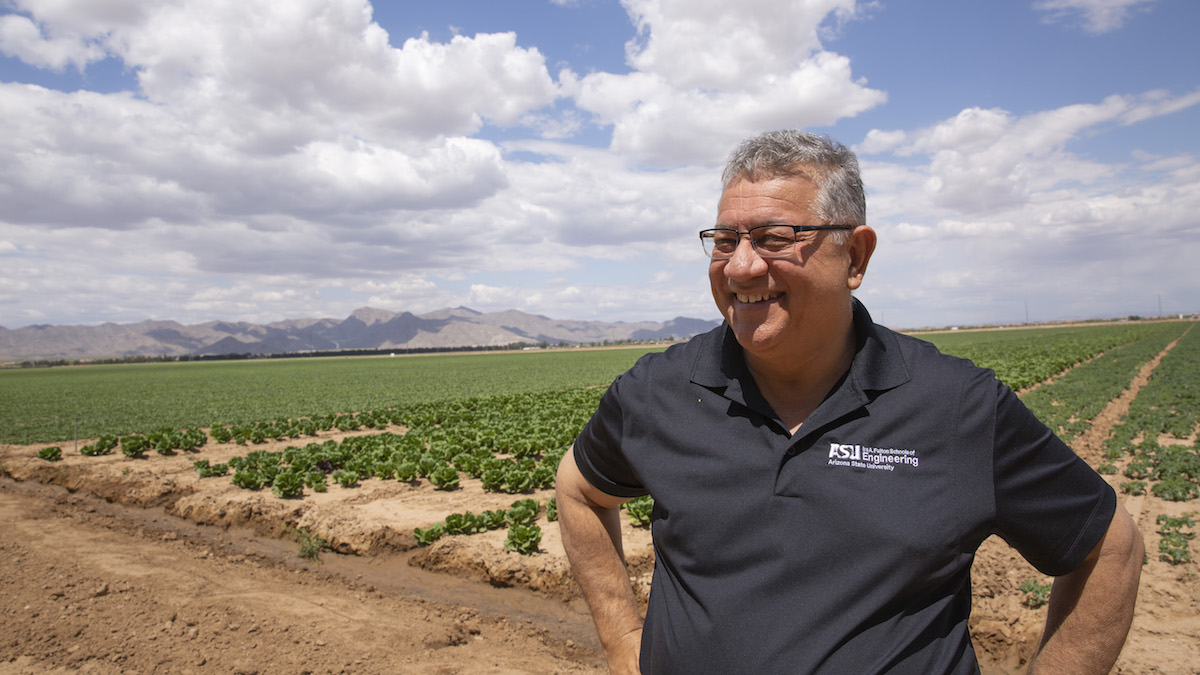
Above: Rene Villalobos, an associate professor of industrial engineering in the Ira A. Fulton Schools of Engineering at Arizona State University, at the Duncan Family Farms in Buckeye, Arizona. Villalobos recently earned a nearly $1 million grant from the Foundation for Food and Agriculture Research to develop tools to help small farmers reduce food waste and efficiently meet customer demand. Photographer: Erika Gronek/ASU
More than half of all produce goes to waste in the U.S., whether it is wasted before it even reaches consumers or after being purchased. To help remedy the inefficient food production and delivery system, the Foundation for Food and Agriculture Research has awarded a $963,513 grant to Arizona State University researchers to develop tools to help small farmers reduce food waste and more aptly meet consumer demand.
“I am excited to accept this grant on behalf of the research teams at Arizona State University, New Mexico State University and the several small businesses and grassroots organizations we are working with on this effort,” says Rene Villalobos, the project lead and an associate professor of industrial engineering in the Ira A. Fulton Schools of Engineering at ASU.
Villalobos, who is a faculty member in the School of Computing, Informatics, and Decision Systems Engineering, and his research team are collaborating with researchers from New Mexico State University and several local Arizona businesses, including Local First Arizona, Stern Produce and Duncan Family Farms, to implement supply chain planning principles in local food production.
The research team is not only developing tools based on mathematical modeling of the market to enhance supply chain planning, but will also educate growers on how to use these tools to better anticipate consumer needs.
This information will help farmers minimize losses by not over-producing food and delivering it in a timely manner. These tools will enable growers to more successfully compete in emerging markets, including produce channels currently led by companies such as Amazon Fresh, Instacart and Walmart Grocery.
“With this funding from the Foundation for Food and Agriculture Research, we have the opportunity to advance the state of the art in logistics coordination tools to help growers efficiently reach their customers, provide small growers with the resources to reach the best markets with the least waste, and create a roadmap for small growers to use market and logistics analytics to avail themselves to direct-to-consumer produce channels,” Villalobos says.
Since the grant was awarded this spring, Villalobos and his research team have started working with Arizona growers in Maricopa County, and are expanding the regions they are working with to include Pima County and additional regions in New Mexico.



